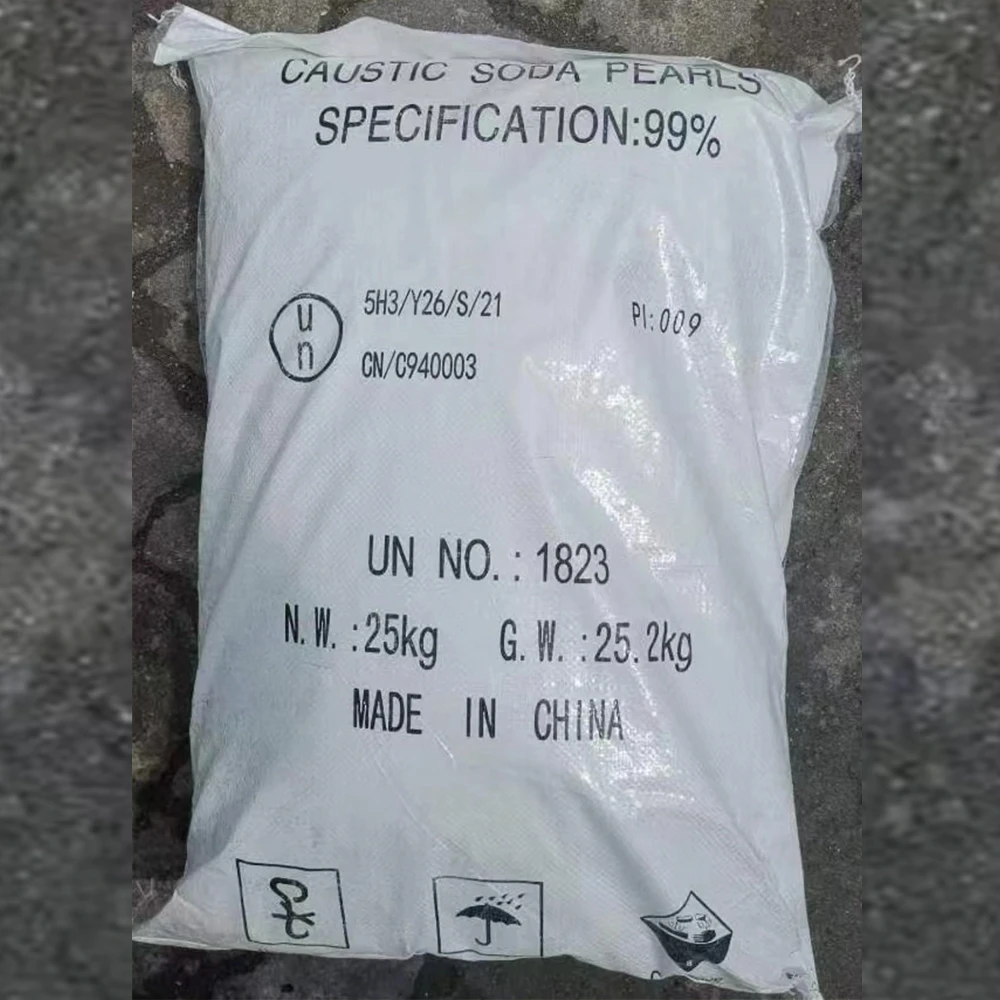



Impact of Lead Nitrate on Gold Leaching Efficiency in Hydrometallurgical Processes
The Role of Lead Nitrate in Gold Leaching An In-Depth Analysis
Gold leaching is a critical process in the extraction of gold from its ores, and various reagents are employed to enhance recovery rates. One such reagent that has garnered attention is lead nitrate. This article explores the role of lead nitrate in gold leaching, focusing on its chemical properties, mechanisms of action, advantages, and potential environmental concerns.
Understanding Gold Leaching
Gold leaching is a hydrometallurgical process that involves the dissolution of gold from its encased ore, typically through chemical means. The most common leaching agent is cyanide, a highly toxic compound. While effective, cyanide leaching can pose significant environmental risks, necessitating the exploration of alternative methods or additives that can increase efficiency or reduce toxicity.
The Role of Lead Nitrate
Lead nitrate (Pb(NO₃)₂) has emerged as a valuable additive in the cyanide leaching process. It functions primarily as a catalyst, enhancing the rate of gold dissolution. The addition of lead nitrate can lead to improved recovery rates by promoting the formation of soluble gold complexes. This is particularly beneficial in ores that are difficult to leach, such as those with high concentrations of sulfide minerals.
Mechanism of Action
The mechanism by which lead nitrate enhances gold leaching involves its interaction with cyanide and the minerals present in the ore. Lead nitrate dissociates in solution, releasing lead ions (Pb²⁺) and nitrate ions (NO₃⁻). The lead ions can react with sulfide minerals, thereby helping to destabilize them and promote the dissolution of gold. This reaction leads to an increase in the availability of free cyanide ions, ultimately enhancing the overall leaching process.
Moreover, lead ions have been shown to form complexes with thiol groups in sulfide minerals. This prevents passivation and allows for more effective access of cyanide to gold particles. The synergistic effect of lead nitrate and cyanide results in a more efficient extraction process, often leading to higher gold yields within a shorter time frame.
Advantages of Using Lead Nitrate
lead nitrate in gold leaching

The use of lead nitrate in gold leaching presents several advantages
1. Increased Gold Recovery By enhancing the dissolution of gold, lead nitrate can significantly improve recovery rates, particularly in challenging ore types. 2. Reduced Processing Time The presence of lead nitrate can accelerate the leaching process, reducing the time required for effective gold extraction.
3. Cost-Effectiveness While there is an initial cost associated with acquiring lead nitrate, the overall increase in gold recovery can outweigh these costs, making the process more economically viable.
4. Environmental Considerations Although lead itself is toxic, the use of lead nitrate can, in many cases, minimize the need for more hazardous chemicals, such as strong acids, thus providing a potentially safer operational approach.
Environmental Concerns
Despite its advantages, the use of lead nitrate is not without concerns. Lead is a heavy metal known for its toxicity and environmental persistence. If not handled properly, lead nitrate can contribute to contamination of water sources and soil. Therefore, mining operations utilizing lead nitrate must implement rigorous safety and environmental management practices to mitigate these risks.
Moreover, regulatory frameworks surrounding the use of lead and its compounds are becoming increasingly stringent. This necessitates continuous evaluation of the environmental impact of lead nitrate in gold leaching processes and the development of safer alternatives.
Conclusion
In conclusion, lead nitrate plays a significant role in enhancing the efficiency of gold leaching processes. Its ability to improve gold recovery rates while potentially reducing processing time offers valuable advantages in the mining sector. However, its use must be balanced with a commitment to environmental safety and sustainability. As the industry progresses, ongoing research and development of safer and more efficient leaching methods will be essential in addressing both economic and environmental challenges.
-
Why Sodium Persulfate Is Everywhere NowNewsJul.07,2025
-
Why Polyacrylamide Is in High DemandNewsJul.07,2025
-
Understanding Paint Chemicals and Their ApplicationsNewsJul.07,2025
-
Smart Use Of Mining ChemicalsNewsJul.07,2025
-
Practical Uses of Potassium MonopersulfateNewsJul.07,2025
-
Agrochemicals In Real FarmingNewsJul.07,2025
-
Sodium Chlorite Hot UsesNewsJul.01,2025










